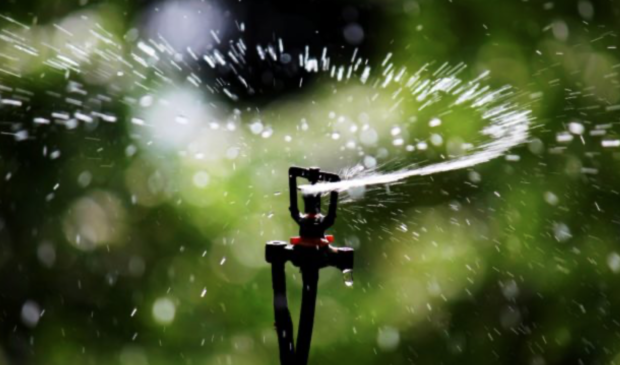As drought worsens, Austin Water ramps up conservation protocols
Tuesday, June 6, 2023 by
Kali Bramble Despite an unusually rainy spring, Austinites should hold off celebrating any end to the statewide dry spell.
Austin Water staff joined City Council’s Austin Water Oversight Committee last week to discuss the ongoing crisis, confirming that the city is still on track to meet the Stage 2 drought threshold by the end of the year. Austin entered Stage 1 last June, when water levels at lakes Travis and Buchanan dropped below 1.4 million acre-feet. Since then, that number has dropped to 1 million, only 100,000 acre-feet shy of triggering heightened restrictions.
“We’ve been fortunate over the last several months to see a little bit of local rainfall … and we are optimistic that as weather patterns shift in the late summer and early fall to reflect an El Nino condition that perhaps we get additional rainfall,” said Kevin Critendon, assistant director of Environmental, Planning and Development Services. But even with that rain, he added, there’s a “high likelihood” that the city will move into Stage 2.
Austin is no stranger to water shortages. From 2008 to 2016, blistering temperatures and record-low rainfall ushered in the worst drought in recorded history, with reservoir levels hovering at just over 32 percent for several consecutive years. The crisis raised alarm bells among city leadership, who in 2018 initiated the 100-year water resource plan dubbed Water Forward.
With help from hydrological consultants and researchers at the University of Texas, the team behind Water Forward has spent the past five years analyzing climate and demographic data to map projected effects of rising temperatures and population levels on Austin’s water supply. Their findings have gathered momentum for a robust menu of conservation strategies, with many underway and more slated for the plan’s update coming in 2024.
So far, code amendments offering incentives for rainwater, stormwater and grey water harvesting systems have seen success, as well as mandated participation in Austin’s reclaimed purple pipe system for large developments within 500 feet of an existing line. Next, Council will consider mandating water reuse systems for developments over 250,000 square feet, with an affordability impact statement expected in September.
“Our overall goal is to shift to a fit-for-purpose approach when it comes to reuse,” said Marisa Flores Gonzalez, who supervises the water planning team. “Right now, you’ll see folks using potable water for outdoor water use. … We want to see a greater shift to using nonpotable water for nonpotable purposes, like outdoor water usage or even indoor purposes like toilet flushing, urinal flushing or other compatible uses.”
Council also will consider new landscaping code requirements for single-family homes, which would limit irrigated lawn cover and mandate native and adaptive plantings that consume less water.
Additionally, Austin Water is continuing installation of its network of smart meters, which have now replaced more than 140,000 analog meters throughout the city. The advanced metering system provides real-time data both to the utility and its customers, allowing day-to-day usage monitoring and the ability to catch leaks before getting hit with a costly bill.
In perhaps its most ambitious undertaking, the Water Forward team also is circling in on its aquifer storage and recovery program, a project that would harness existing aquifer space to store surplus water during excessive rainfall for use during future shortages. Engineers aim to select a location by the end of the year, though the lengthy design and construction process likely will take over a decade.
Under current drought restrictions, sprinklers and hose irrigation are allowed once and twice per week, respectively, during evening time slots depending on your address. Under Stage 2, hose irrigation will be limited to just one day a week, along with reduced hours for automatic irrigation and expanded enforcement measures on patrol. Readers keen on learning more about water conservation can find more information at the Austin Water website.
Photo made available through a Creative Commons license.
The Austin Monitor’s work is made possible by donations from the community. Though our reporting covers donors from time to time, we are careful to keep business and editorial efforts separate while maintaining transparency. A complete list of donors is available here, and our code of ethics is explained here.
You're a community leader
And we’re honored you look to us for serious, in-depth news. You know a strong community needs local and dedicated watchdog reporting. We’re here for you and that won’t change. Now will you take the powerful next step and support our nonprofit news organization?







